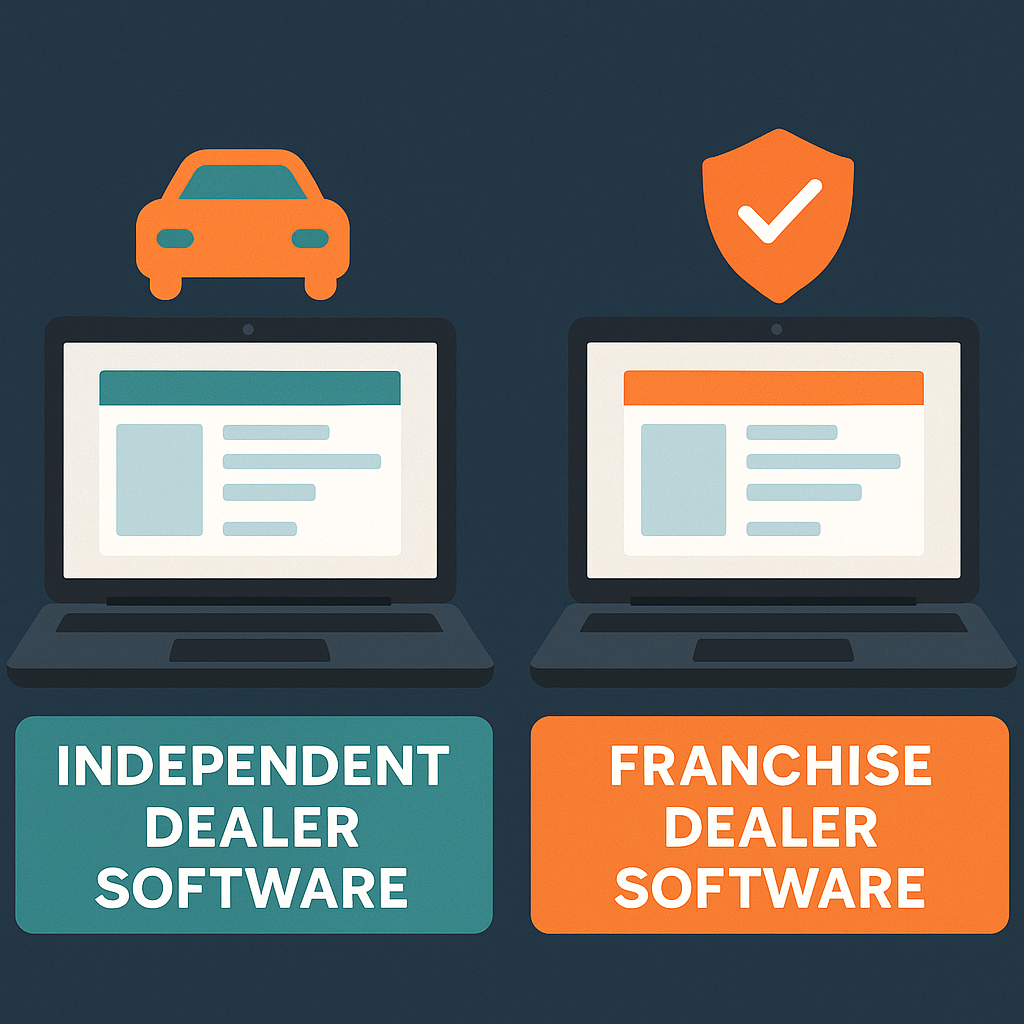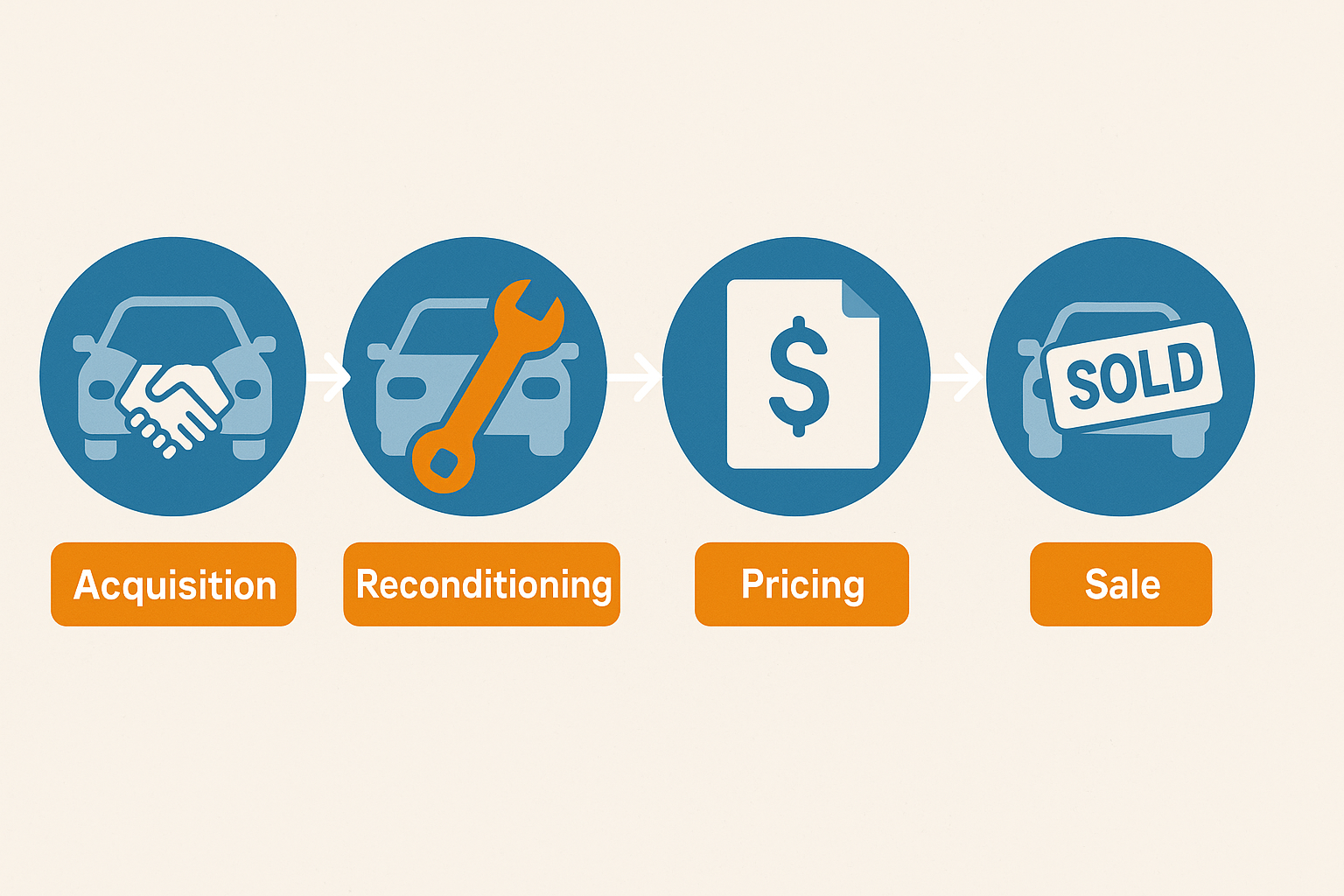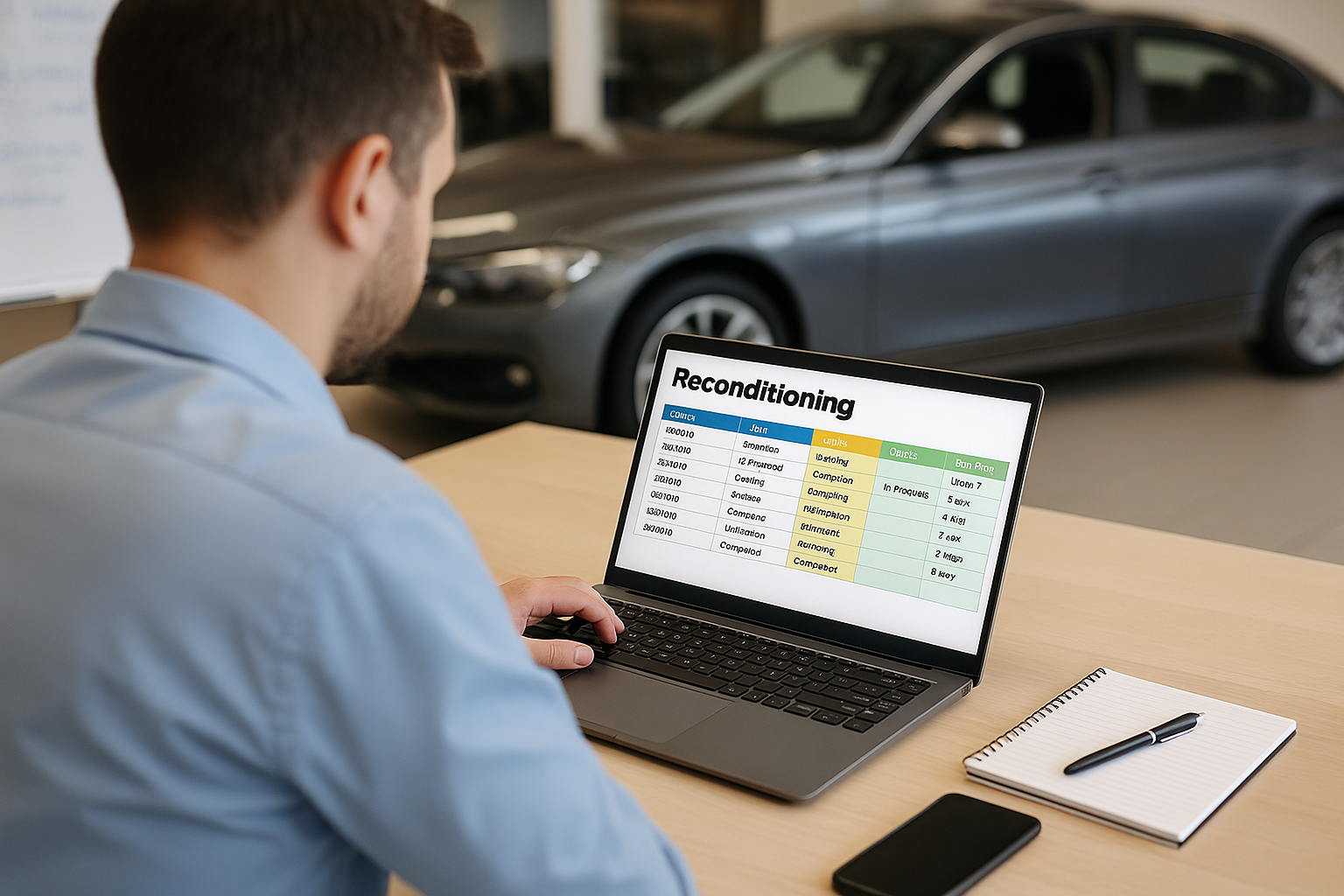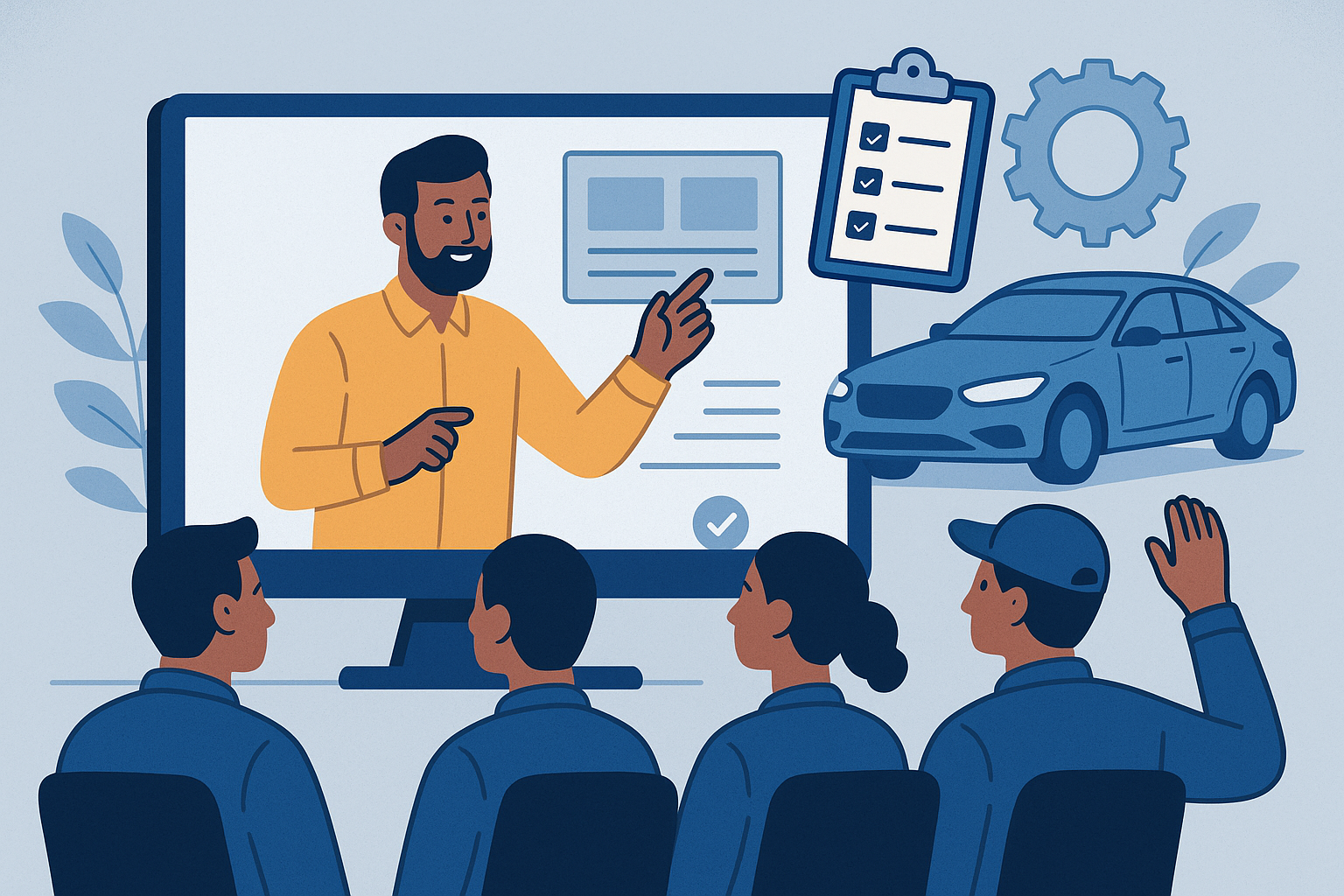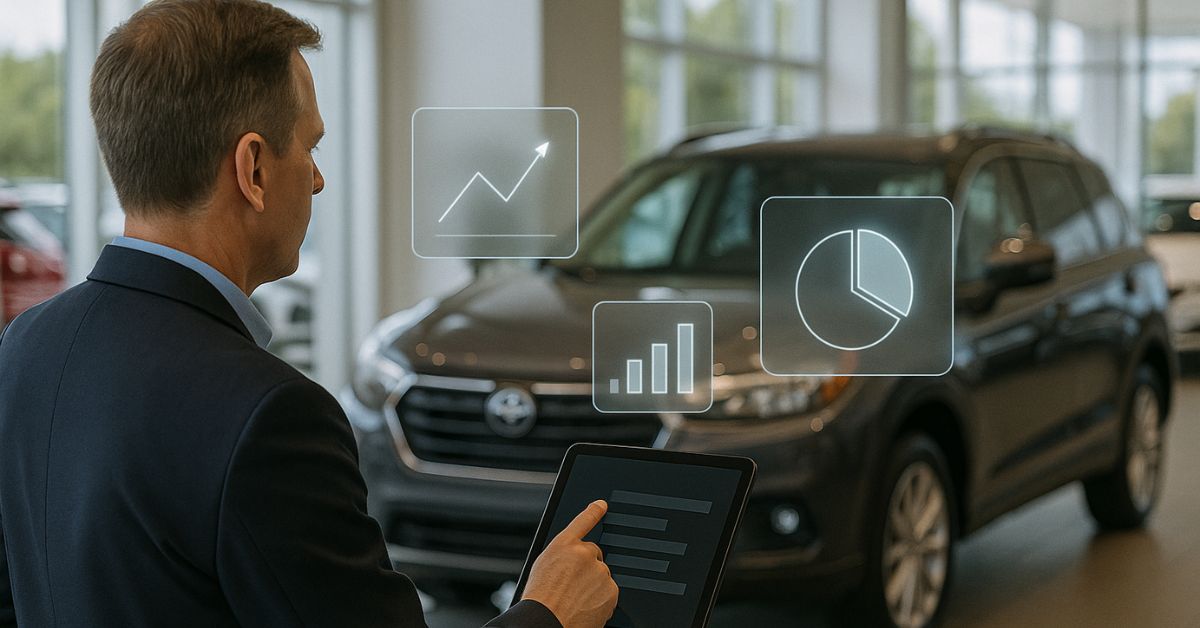Just like anywhere else, businesses win some and lose some. Car dealerships are no exception. If you’re wondering how car dealers lose money, then read on.
We have to reiterate that, yes, car dealers really lose money on deals, they can even lose a lot at times. That is, only if they don’t play their cards right.
Car dealerships can be a generous business. For example, they can sell vehicles that are worth $25,000 each. At times they will pull the price down if they have a sale or a promotional campaign going on. When people flock to check or buy the car, the sales manager would often come in to tell the potential buyer that they can sell the car at a much lower price. From $25,000 down, customers can now get the car for as low as $20,500. To the buyer, that’s a whole lot of savings. However, to the dealership, that costs them $4,500 out of their potential income. In this example alone, you can tell that car dealers potentially lose a lot of profit.
If you own a car dealership, this kind of loss is nothing new. There are ways to maneuver the loss and turn it into a revenue for your business.
Here are examples of ways car dealers lose money and how they can prevent it from happening.
Car Dealers Lose Money By Selling New Cars
Many car dealerships and people think that selling the newest, shiniest cars fresh from the factory is where the money is. In most cases, that is correct. Most new cars, especially those that are new models, draw a lot of buyers. The average gross profit that dealerships get in each car is about $2,000. If they sell 100 units, they will have a whopping $200,000 in gross profit!
Sounds massive? Well, it’s not really big if we are going to talk about net worth.
The downside is that car dealerships tend to lose more or less $200 per new car sold. Dealerships don’t get to enjoy the earnings as there are the commissions you have to share, the “floor planning”, and the transparent pricing they have to follow. Besides that, when dealers have to get a vast inventory of new cars, they need to borrow money from the bank or the car manufacturer and return the investment plus interest.
Another challenge car dealerships face is to make sure all the cars get bought. When the car sits in their showroom or parking lot for a more extended period, they lose money by the minute. That is why salespeople really push hard to get new cars out of the way rather than the used ones. Otherwise, the dealership will pay a hefty amount of money from the increased interests and penalties.

The Problem With Selling Used Cars
According to a report by Automotive News, National Automobile Dealers Association stated that used car dealers in 2018 lost money on operations. This has been the first time in a decade that used car dealers have experienced sales loss. The said loss pushed dealerships to depend on carmaker incentives to gain profits.
It doesn’t mean that before 2018, used car dealerships had it nice and easy. Car dealerships’ average net profit in selling a used car in 2016 was only $65. There are many factors why the net profit is less than a hundred dollars. For one, dealerships have to look at the trade allowance to get the used car. Two, dealerships have to consider the expenses they need to obtain and fix each used vehicle’s issues. Each vehicle’s cost on repairs depends on how much damage it has. Lastly, dealerships have to allot a certain percentage for commissions for their salespeople.
TIP: Like the new cars for sale, used vehicles also need to be sold as fast as possible. NADA recommends that used cars should be out of the showrooms in a month and a half or less. If the dealership still has used vehicles on standby for more than two months, then they are on the losing end of the sales stick.
The Not-So-Good of Finance and Insurance
If your car dealerships offer financing and insurance, that is a good thing. Aside from being yet another avenue for more income, this helps people get their car faster than going through a financial institution. Then again, there are some things you need to consider.
One of the disadvantages of selling car insurance and offering financing loans is that you can only provide one option. Though you can offer flexibility, you can only offer it on your own terms. If the customers disagree with the terms, then the sale will not be closed. This will not just cost you some income from closing a financing deal, but you will also waste a lot of time talking to a customer who’s not interested in meeting halfway.
TIP: Make sure that you make it easy for customers to understand the details of the financing. It may not guarantee a closed deal, but at the very least you save some time on your customers making a decision.

Warranty And Non-Warranty Services
Brand new cars, as well as certified pre-owned cars, come with a service and parts warranty. The warranty protects car owners from spending money when they have car issues that need professional attention. When owners don’t pay for the services, then who does?
When it comes to warranties, it is the car manufacturer that pays the dealership for the services. You may think that car dealers enjoy big, easy money from service warranties, but think again. Manufacturers pay dealerships for warranty services, however, the payment is not the same hourly rate dealerships regularly charge. This is the reason why not a lot of dealerships enjoy warranty work and they prefer to do non-warranty. On the other hand, used cars don’t come with a warranty most of the time, so dealerships can get a better deal when working with vehicles without warranties.
TIP: For your dealership, it’s best to provide warranty and non-warranty service. Just because you won’t get much when repairing warranty cars doesn’t mean you have to refuse services. Do know that many car dealerships get a lot of income from parts and repairs services, especially mechanical issues ( potentially 15% of the monthly payment, to be exact).
The bottom line is don’t turn down the dirty work. When you provide all types of services, you’re all set to rake in business for your dealership.
More Tips On How Car Dealerships can AVOID Losing Money
Now that you’ve read the ways on how car dealerships can lose money, we are going to list down the ways not to lose income. After all, car dealerships are still, and will still be, around for a very long time. Here are the ways to keep the revenue coming.
The Trade-In Magic
Some car owners sell their cars online in the hopes of attracting private customers to buy their vehicles. However, it would be much easier for them to sell their vehicle to a dealership instead, mainly if they are selling it to get a new one. That is how trade-ins work.
When you try to market your car dealership, you can highlight trade-ins as one of your services. Ensure that it would be much easier for private car owners to sell their cars through trade-ins than doing it themselves.
So how do car dealerships make an income out of trade-ins? Dealerships can offer the low wholesale price of the trade. If you can pay up in cash, that’s okay. If the customer opts for a new car, you can sell one with the Manufacturer’s Suggested Retail Price (MSRP).
The car dealership can then put the traded car on the lot and place a retail price on the tag.

Upsell Car Parts
One more thing to prevent your car dealership from losing money is to up-sell car parts. If your dealership doesn’t have any car parts, it’s time to consider selling. When a car repair service needs a car part to fix the issue, you can get the parts from your shop and charge it to the customer. Some car dealerships add a sort of “convenience” fee on the price, but it’s totally up to you if you want to charge anything additional.
When the car part needed is not available, the customer can either buy it themselves or ask you to look for it. If they want you to look for the car part, you can charge them additional payment for the service.
There you have it, the many ways car dealers lose money and the ways on how to prevent them from happening. Another way to help you with your dealership is to use a dms software tool to cut your car recon process in half to save time and money. Click on the link to learn more.
Explore related articles to learn more about software solutions for car dealerships:

